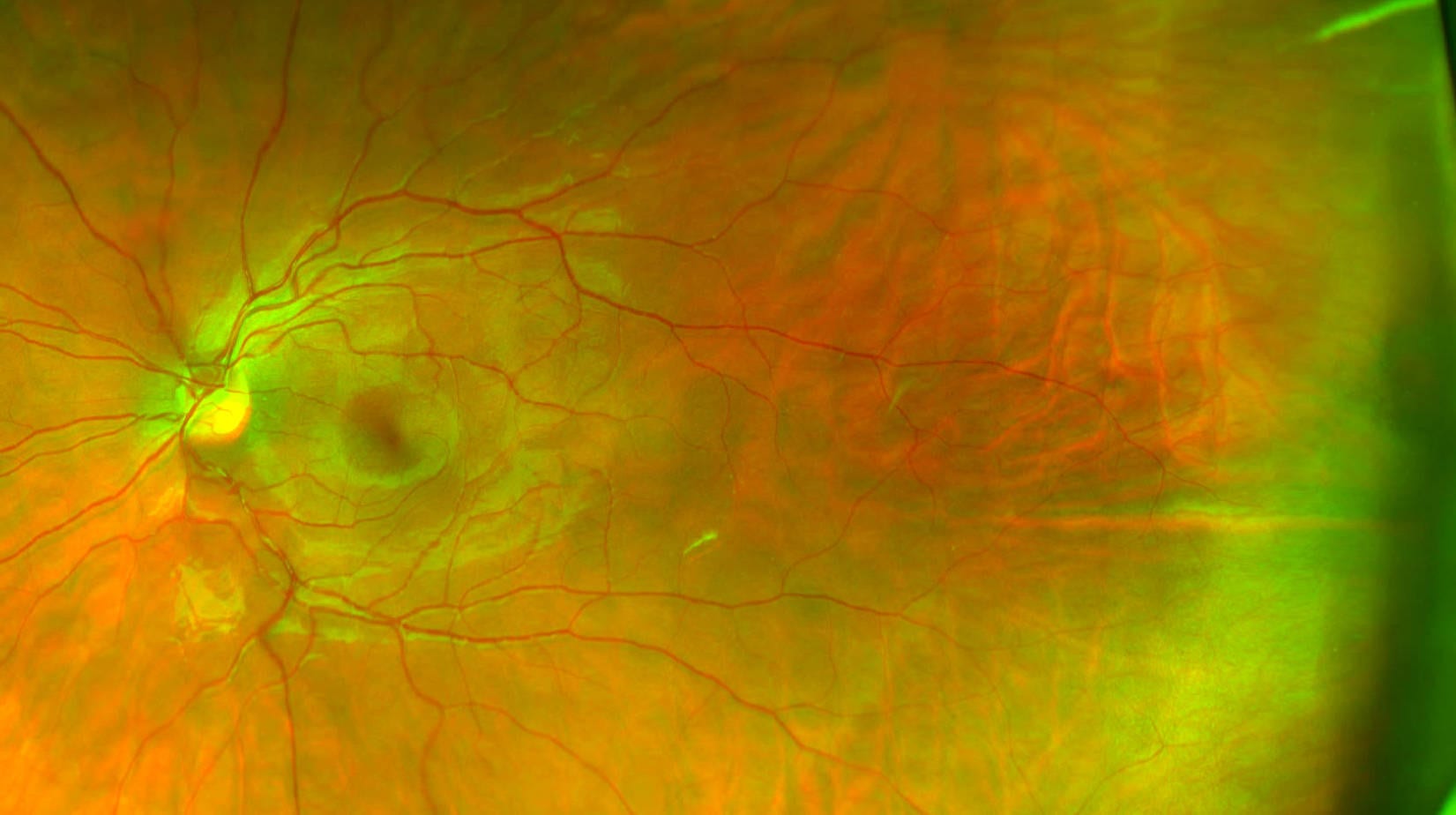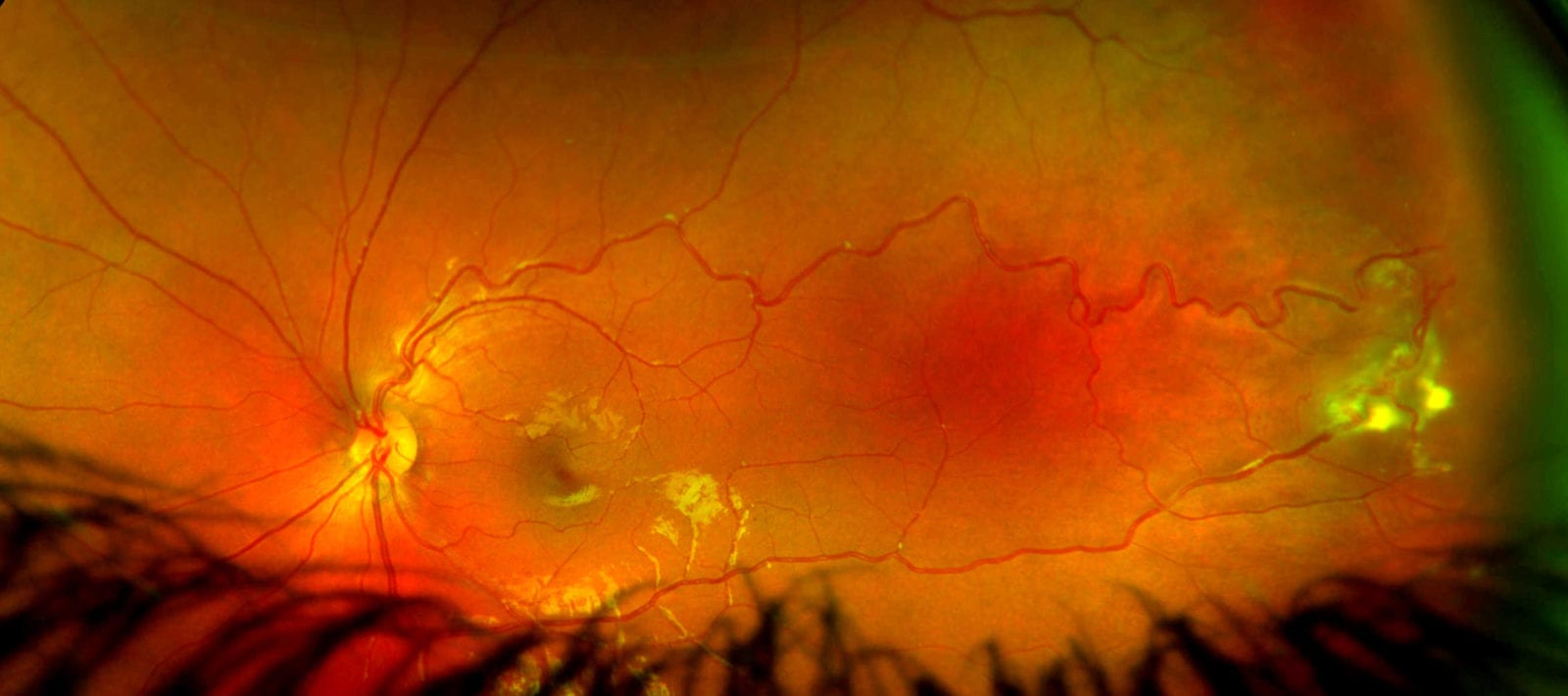The Importance Of Routine Dilated Eye Examinations
Have you ever wondered why your optometrist recommends dilating and checking the health of your eyes regularly, even if you have perfect vision?
The answer is that there are a large number of eye diseases that can be diagnosed before it causes changes in your vision. Most retinal eye diseases are only detectable with a comprehensive dilated examination. Catching eye disease early means faster treatment and better long-term outcomes for your vision. The more advanced stages of eye disease cause vision loss that cannot be regained even with treatment so early diagnosis and intervention are key.
Furthermore, your eye health can tell your optometrist a lot about your overall health. Diseases such as diabetes, high blood pressure, high cholesterol, blood clotting disorders, multiple sclerosis, and certain brain tumors and strokes, can cause changes viewable by your eye doctor to diagnose these conditions as well. This is why we recommend regular dilated eye examinations whether you have perfect 20/20 vision or even if you have no vision.
A case example:
An 11-year-old girl presented for her routine eye exam. Her vision was 20/20 in each eye with her glasses. She had no symptoms – no headaches, no blurred vision, no discomfort with her eyes. Even still, Dr. Legge recommended dilation to check the health of her eyes.
For reference, this is a photograph of a normal retina. This shows a healthy retina, a healthy optic nerve, and healthy blood vessels.

This is the photograph obtained after diagnosing a blood vessel abnormality that was leaking fluid into the retina of this young patient. This finding would not be visible without dilation.

If left undiagnosed and not treated the blood vessel leakage could have progressed to the point of her potentially losing total vision in this eye for the rest of her life. Thankfully, it was diagnosed early and she was treated with laser therapy to stop the progression and she has no vision loss at all!
This condition is known as Coats’ disease. It is sometimes genetically passed from parent to child but more often it is a retinal condition that occurs without a known reason. In early stages of the disease, it causes no symptoms to the patient. Coats’ disease typically only affects one eye and can occur early in childhood but most commonly appears between the ages of 8 and 16. Treatment is aimed at diagnosing this as early as possible and treating the leaking blood vessels with laser. If the abnormal blood vessels are not diagnosed then treated promptly, over time the fluid accumulates so much that it can cause significant loss of vision. The best long-term outcomes of Coat’s disease are cases that are caught and treated early.
“I am honored to provide comprehensive eye health care to all of my patients. Most healthy, asymptomatic children will have normal, healthy dilated eye examinations. But for that small percentage where eye disease is found, it can mean the difference between keeping the perfect vision they have and permanent loss of vision that could affect them for the rest of their lives.”


